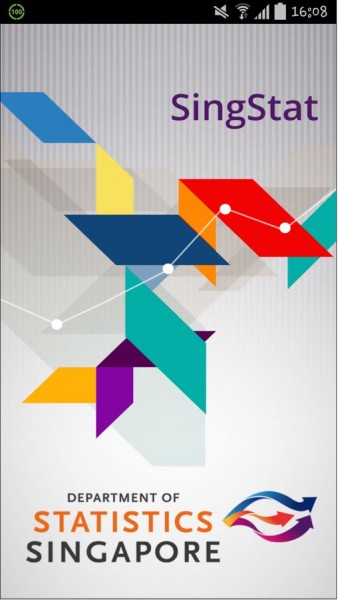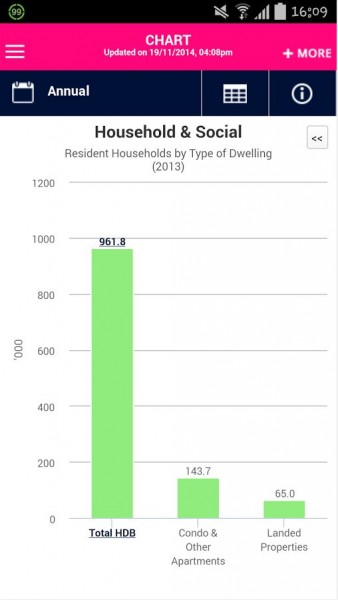

Two days. Two new mobile apps from Singapore government agencies.
Reading the news, you’d be right to think civil servants have been busy trying to put out useful information in a compact format for smartphone users.
Yet, the two apps from the Department of Statistics and the Land Transport Authority (LTA) could not have been more different in their approaches – and effectiveness.
The SingStat app, out today, lets people access national data such as gross domestic product and population information easily on the go.
With various graphs to show the data in an easy to understand manner, the app makes for a handy reference whenever you want to look up some information on Singapore. It makes sense.
What gets you scratching your head is the LTA’s taxi app revealed yesterday. The first reaction to that is why another app, when there are quite a few of late, like Uber or GrabTaxi.
The LTA app, called Taxi-Taxi@SG, aims to help match passengers and taxi drivers better by basically broadcasting their locations on a common app.
This crowd-sourcing act seems feasible on paper, but you wonder if the folks at LTA have thought through the problem it aims to solve.
One of the biggest grouses today is that cab drivers pick and choose passengers, preferring to take phone bookings instead of picking up passengers waiting at the roadside.
If you’re looking for a cab during peak hour, broadcasting your location on the LTA app does nothing to help you, especially when there are many others on the same stretch of road waiting too.
The same for taxi drivers. There are already so many apps they can use now to pick up customers. Why do they need another app to tell them where passengers are? After all, there’s no guarantee the potential passenger will wait there for them if it’s several junctions away.
Well-meaning as it is, this taxi app doesn’t tackle the biggest issues today. Yes, there will be times when taxis are cruising around while passengers are just round the corner, but these are not the scenarios causing people to pull their hair out every day.
What’s the lesson from this tale of two apps? It’s that technology has to solve a problem for people, especially if you are investing taxpayers’ dollars to deploy it.
What the SingStat folks did is useful because they have so much of the data on hand and sharing it on an app makes immediate sense. Who else would specially build such an app unless it brought in some form of revenue, say, through annoying advertisements?
What LTA is pushing out on its app, however, makes you question if it can be left to the private sector. It doesn’t help that the regulator just said last week that it was going to bring in new rules for third-party taxi booking apps.
Sure, these apps are slightly different from the LTA’s new app. But it’s fair to ask why the LTA is regulating other apps while promoting its own. Is there any conflict of interest?
The agency really should learn from the past. In 2010, it told a developer to stop using live parking data for a popular app that helped drivers find vacant lots, angering many users.
This stance, you hope, will have been reversed in more recent years, when the entire Singapore government decided it wanted to put lots of public data out there for people to find creative uses for it.
Clearly, government agencies should only develop apps that provide a public utility that no private organisation is willing or able to provide, perhaps without any profit in return.
That, after all, is what government is for, isn’t it? Providing a stage for citizens to thrive on.
It should provide the data, the software development kit, the operating system and maybe even an app store to get things going. Just leave the third-party apps to more creative individuals.






